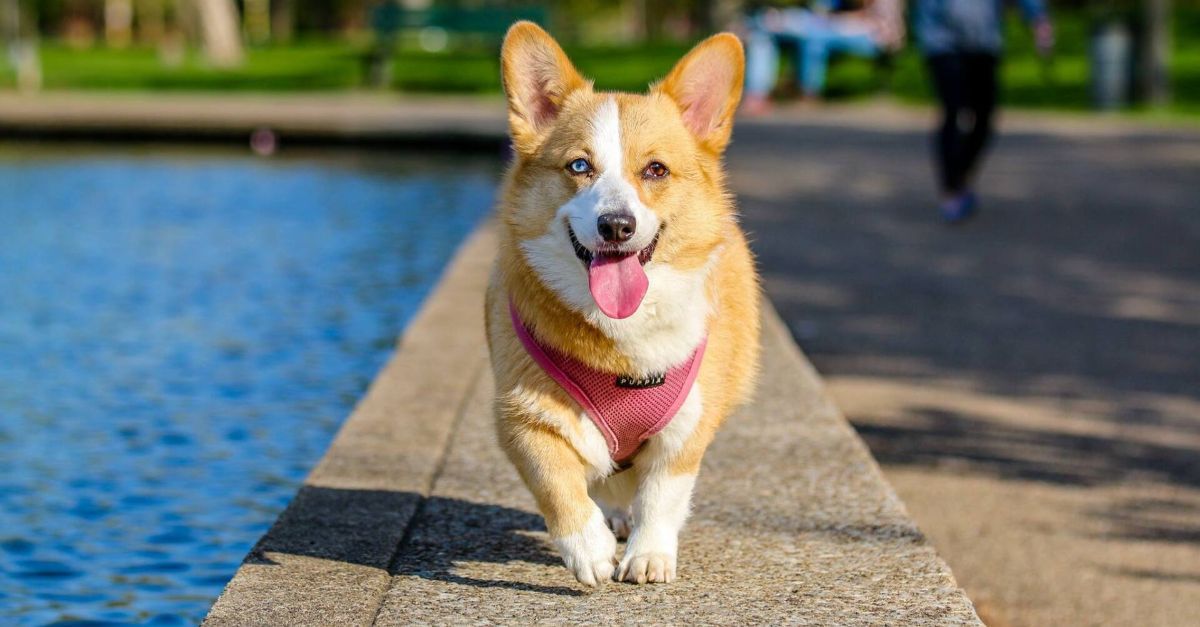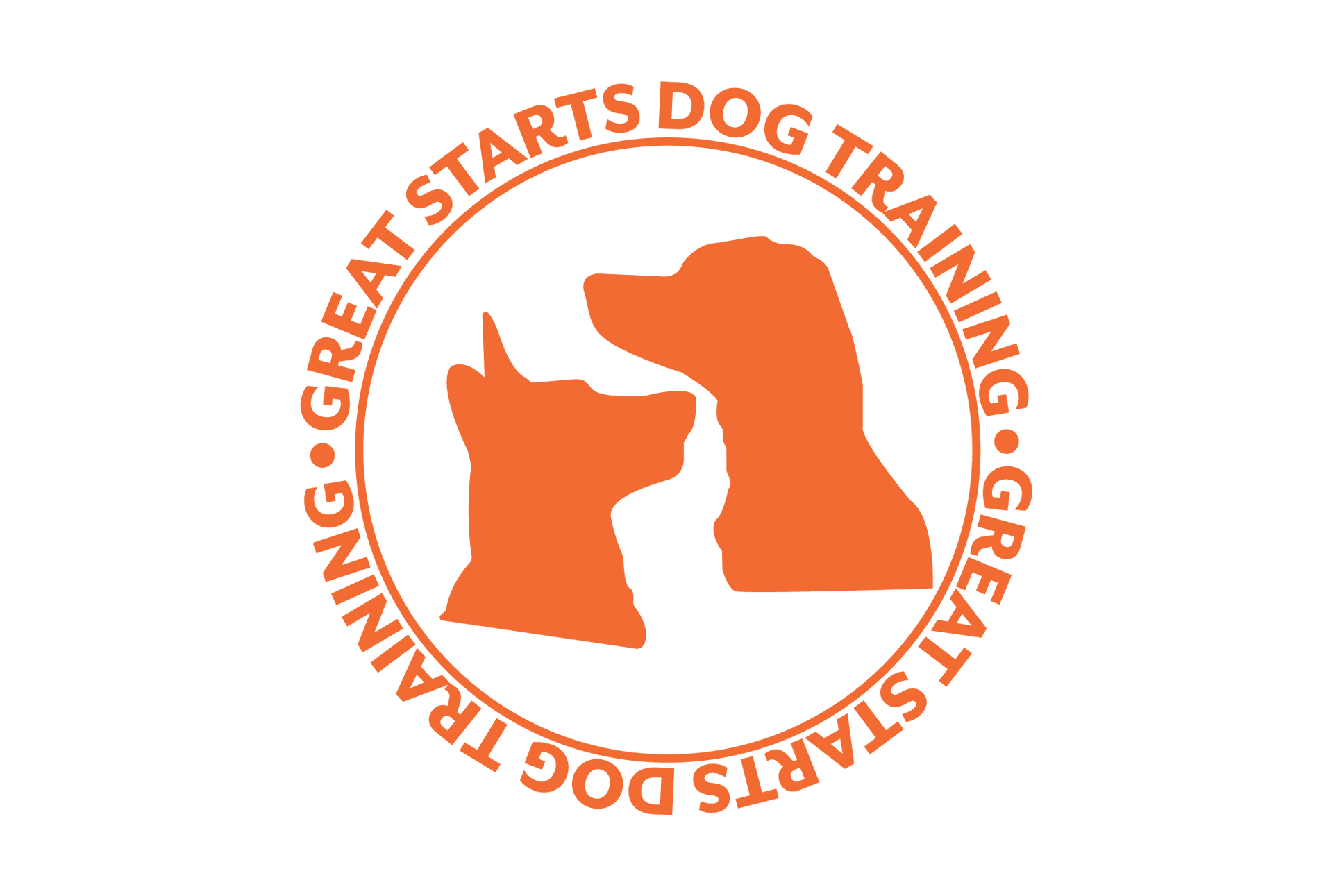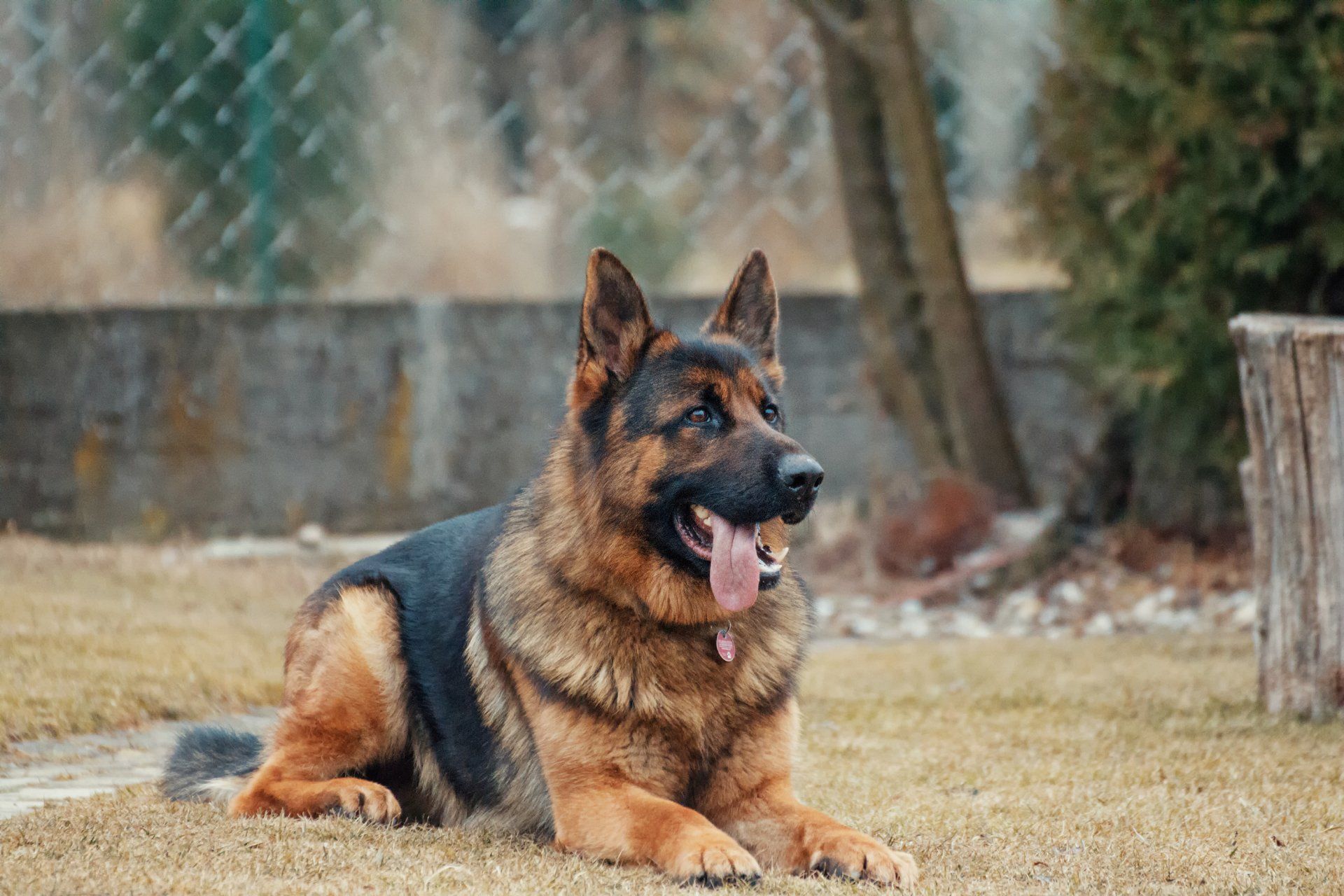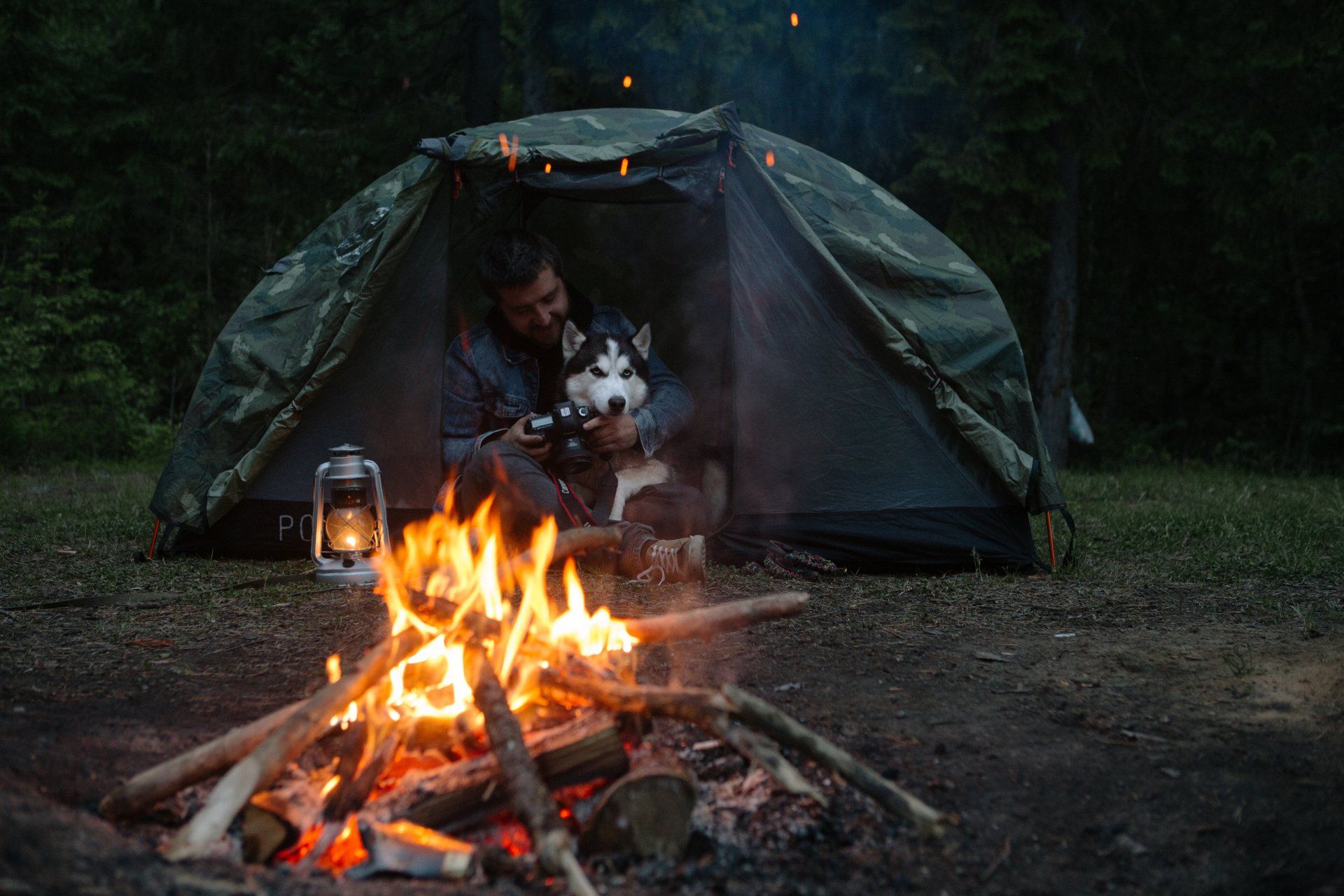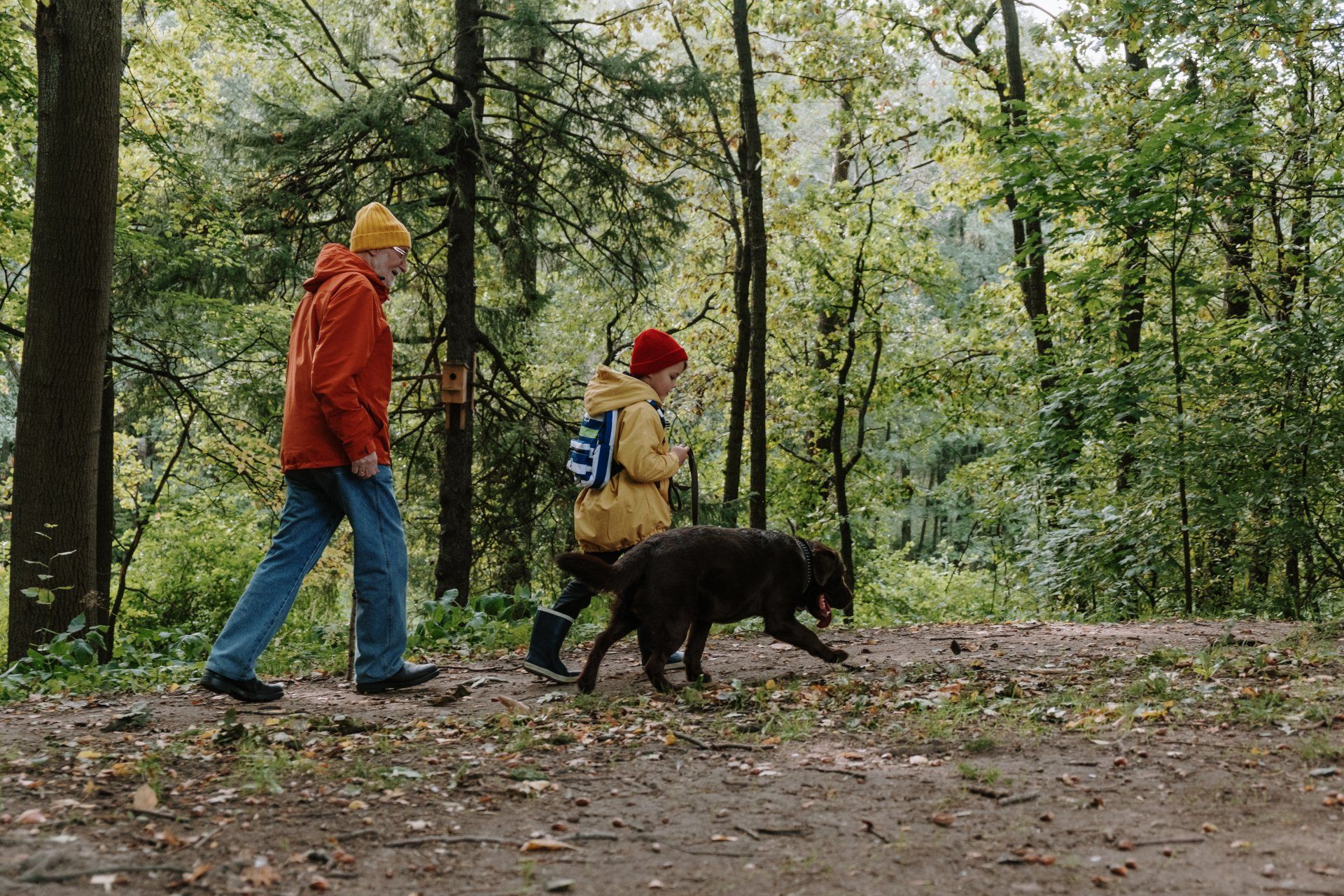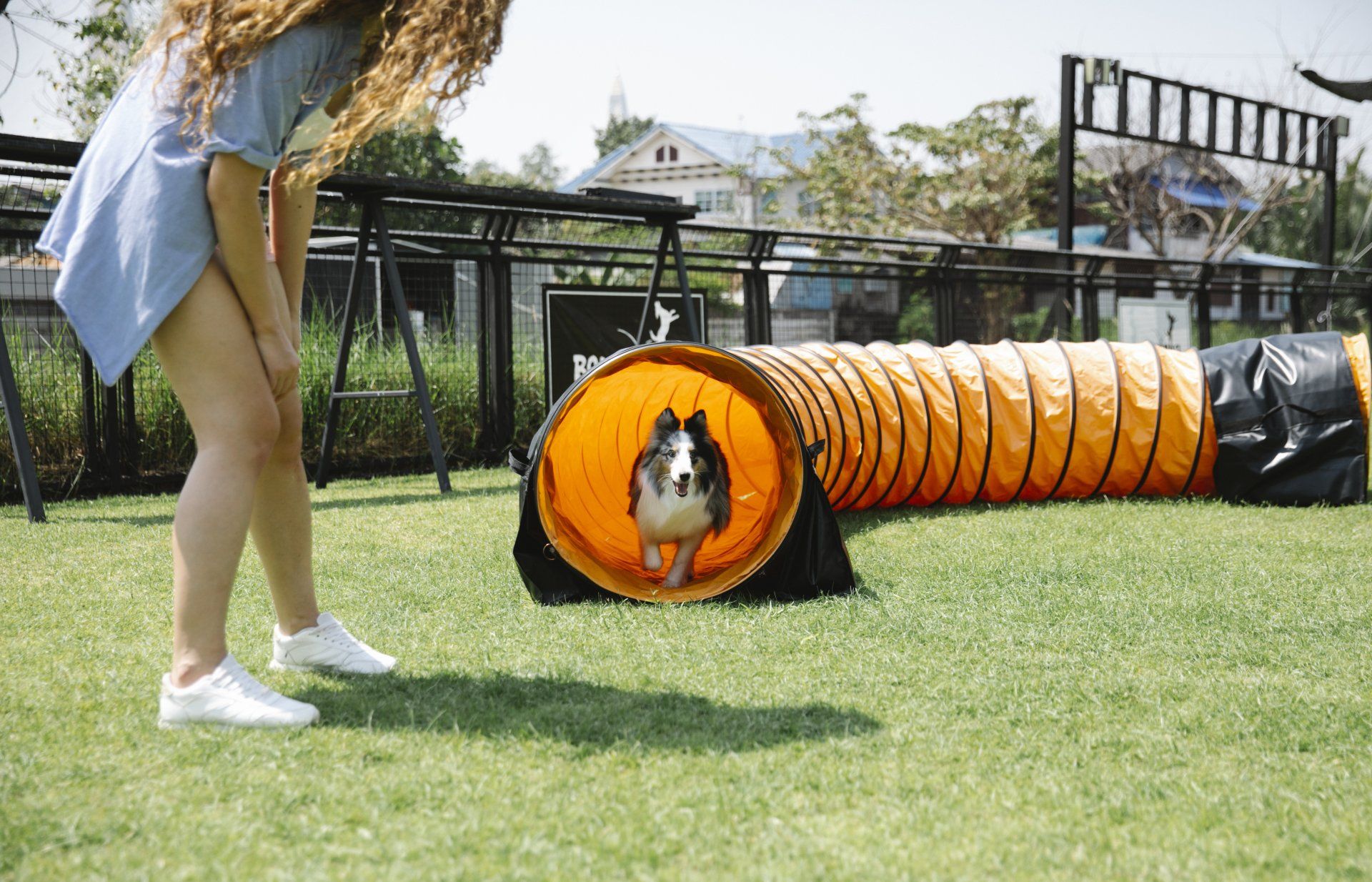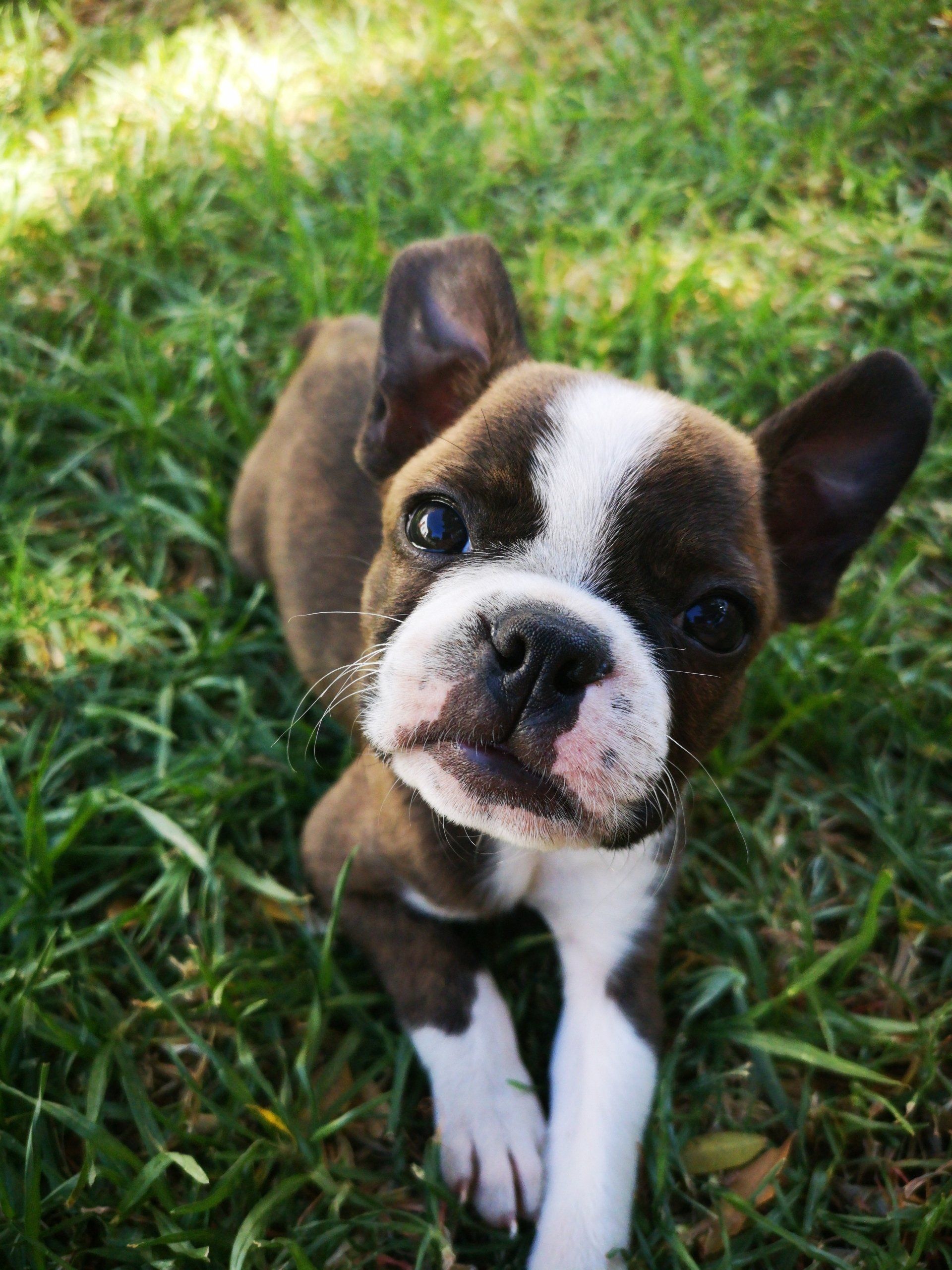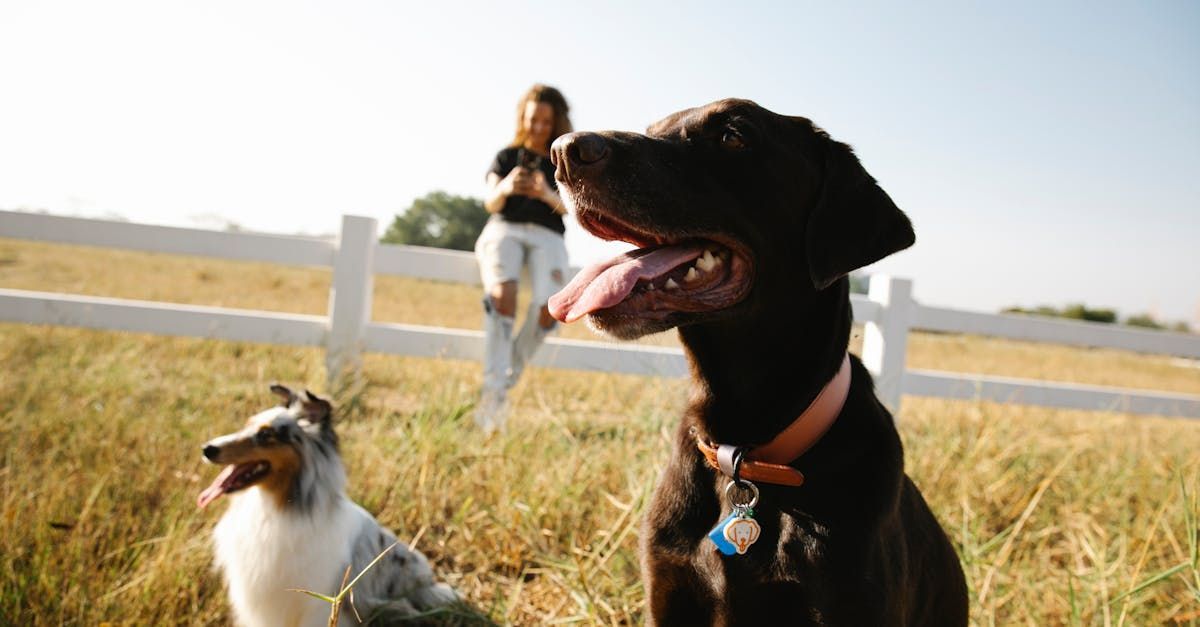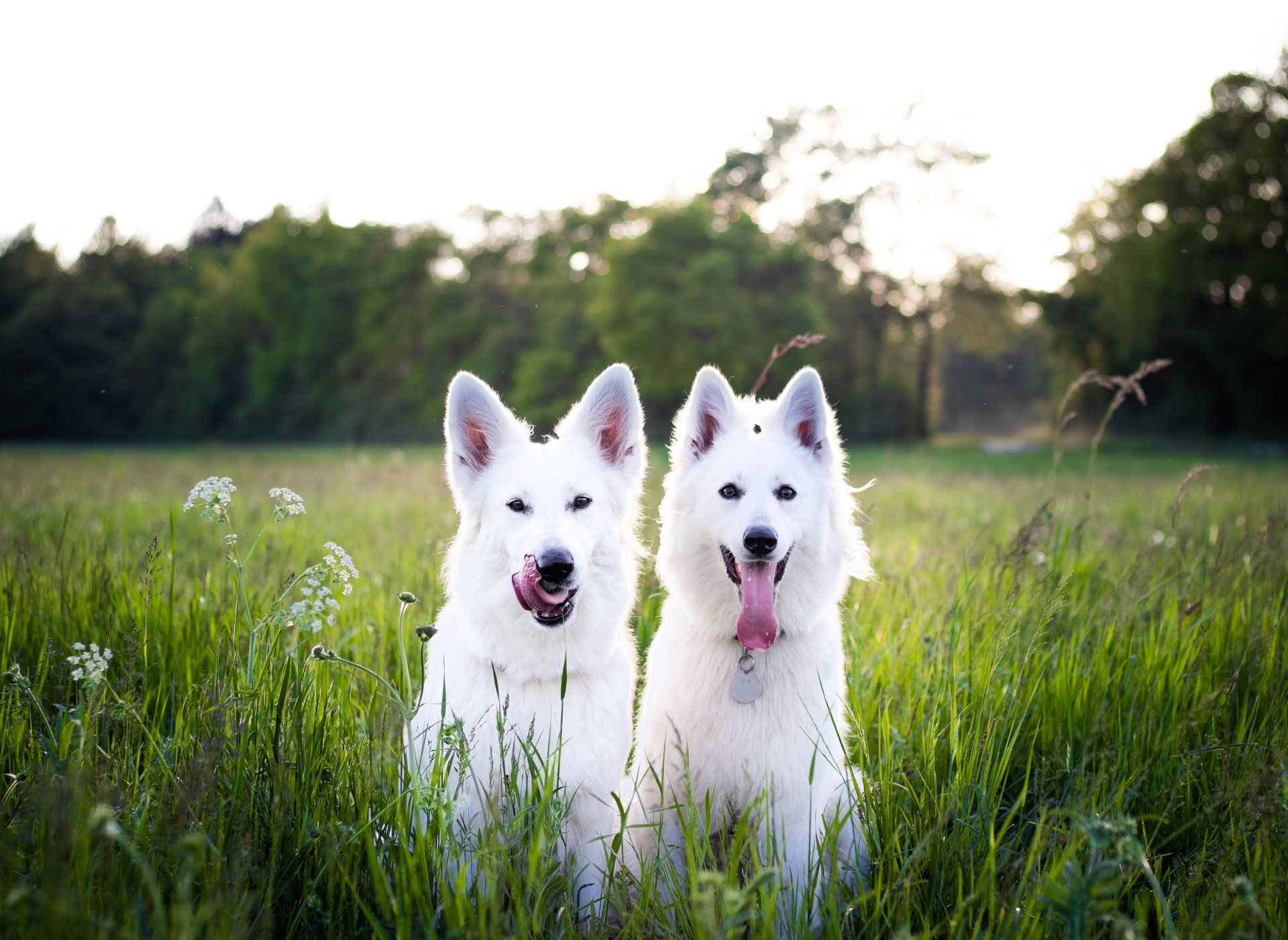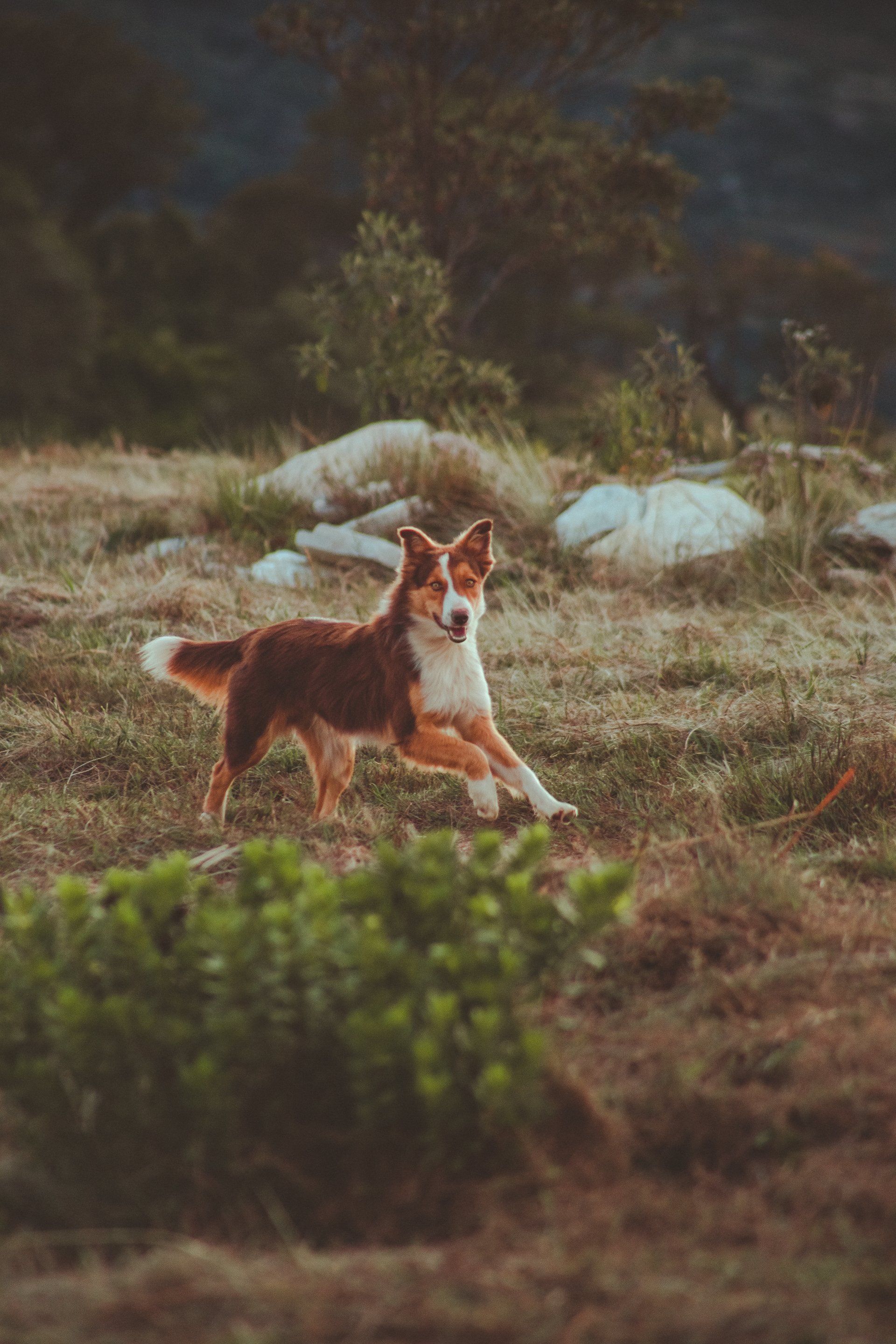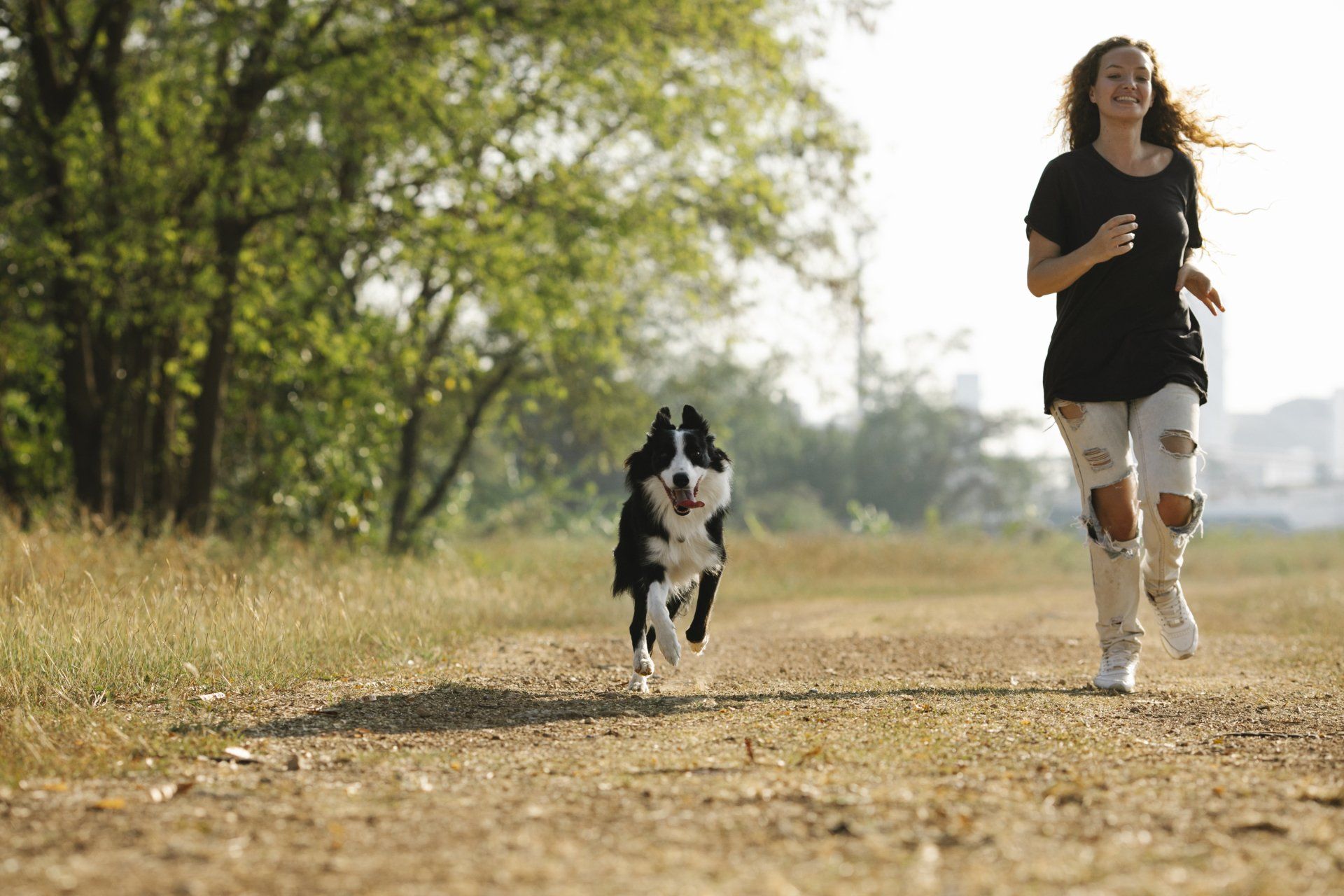Overcoming Canine Separation Anxiety: The Power of Continued Training
What you will learn
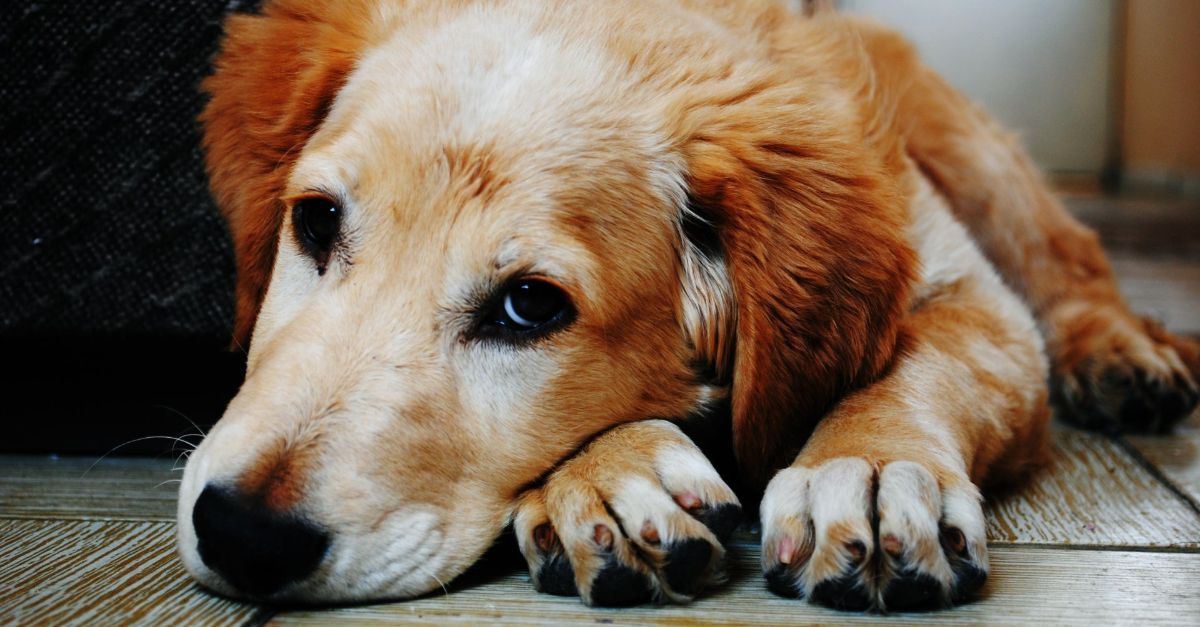
Separation anxiety is a common issue among dogs, that often leads to destructive behavior and stress for both pets and their owners. While initial training might have been beneficial, continued training is crucial in helping dogs conquer separation anxiety.
In this post, we’ll explore the reasons behind separation anxiety, the impact of training, and why ongoing training is essential for long-term success.
Understanding Separation Anxiety
Dogs are social animals that form strong bonds with their owners. When left alone, they can experience anxiety due to the fear of abandonment.
This anxiety often manifests through destructive behavior, excessive barking, and other stress-related symptoms. Recognizing the signs early is key to addressing the issue effectively.
The Impact of Training
Basic obedience training lays the foundation for a well-behaved dog. Commands like “sit,” “stay,” and “come” not only make daily interactions smoother but also contribute to a dog’s overall sense of security. In the context of separation anxiety, a trained dog is more likely to feel confident and secure when their owner leaves, knowing that they will return.
Even dogs with prior training might struggle with separation anxiety. This is because the root of the issue is often tied to emotional distress, which may not be fully addressed by basic commands alone. It’s essential to tailor training specifically to tackle separation anxiety and build a dog’s confidence in being alone.
Additional Training for Separation includes specific exercises and desensitization processes that will help your dog begin to associate being alone in a more positive manner. Each dog is different, if you are struggling to find a way to help ease your dog’s mind, reach out to a local trainer and work with them to create a plan.
Why Continued Training Matters
While initial training establishes a foundation, dogs, like humans, are constantly learning and evolving. Life changes, new environments, and experiences can impact a dog’s behavior.
Continued training allows owners to address new challenges as they arise and reinforces established commands, providing ongoing support for a well-adjusted and confident dog.
Overcoming separation anxiety is a journey that requires patience, understanding, and ongoing commitment to training. Whether your dog is a puppy or has been trained before, investing time and effort in specialized separation anxiety training is crucial.
By addressing the emotional aspects of being alone and reinforcing positive behaviors, owners can help their furry companions build resilience, ultimately leading to a happier and more balanced relationship between pets and their owners.
